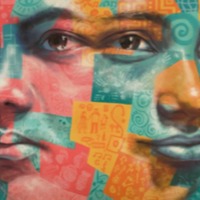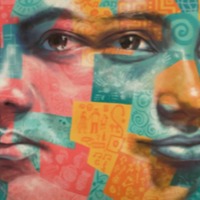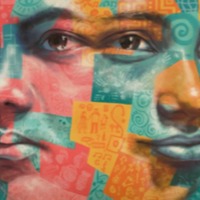
Raymundo
There are an estimated 403,000 people living in conditions of modern slavery in the United States (GSI 2018). The US attracts migrants and refugees who are particularly at risk of vulnerability to human trafficking. Trafficking victims often responding to fraudulent offers of employment in the US migrate willingly and are subsequently subjected to conditions of involuntary servitude in industries such as forced labour and commercial sexual exploitation. Raymundo travelled from Mexico to California for work. He was promised it would be legal and took out a loan from his trafficker to pay for his visa. Upon arrival, he was forced to live in a room with 34 other men who had been trafficked. Raymundo was forced to work long hours under constant surveillance and threats of deportation. Raymundo was able to escape after approaching an inspector that had come to assess the farm.

Chepkorir
There are an estimated 328,000 people living in conditions of slavery in Kenya (GSI 2018). While Kenya has committed to eliminate child, early and forced marriage by 2030 in line with target 5.3 of the UN Sustainable Development Goals, 23% of Kenyan girls are still married before their 18th birthday. According to UNICEF, Kenya has the 20th highest absolute number of child brides in the world. Forced child marriage is driven by gender inequality with the belief that girls are inferior to boys. It is exacerbated by poverty, natural disasters and cultural traditions such as female genital mutilation and Samburu whereby a close family relative will approach a girl’s parents with red Samburu beads and place the necklace around the girl’s neck as a form of engagement. Chepkorir was forced to work tending her father’s cattle from a young age, preventing her from receiving any education. When she was 10 years old, Chepkorir’s father arranged her marriage to a 76 year old man. She ran away and found refuge in a church who put her in contact with HAART Kenya. At HAART’s shelter, Chepkorir was able to get an education and secure employment. The COVID-19 outbreak has however led to the postponement of her employment.

Nia
There are an estimated 520,000 experiencing modern slavery and human trafficking in the Arab States (GSI 2018). The Arab States are made up of 11 countries including Bahrain, Iraq, Jordan, Kuwait, Lebanon, Oman, Qatar, Saudi Arabia, Syria, United Arab Emirates and Yemen. The region is diverse, spanning the wealthier Gulf Cooperation Council (GCC countries) and countries such as Jordan, Lebanon, and Iraq, which are dealing with the impact of ongoing conflict in Syria. When considering the forms of modern slavery, the largest share of those in modern slavery were victims of forced labour (2.2 victims per 1,000 people), while the rate of forced marriage was 1.1 victims per 1,000 people. Over half of those in forced labour were held in debt bondage, with this form of trafficking affecting women at a greater share than men. Men and Women - primarily from South and South East Asia and Africa - voluntarily migrate to Arab States for work in a number of sectors, including construction and domestic service. Upon arrival they experience withholding of payment, debt bondage and abuse. Nia was not making enough money to take care of her children when a friend’s sister offered her a housekeeping job in Saudi Arabia. While initially she was treated well, after a few months Nia was subjected to physical abuse and withholding of pay. Nia was able to escape this situation after six months and return to Kenya. However, Nia still needed to provide for her children and travelled abroad for work two more times to Qatar and Libya, both time being mistreated and unpaid. Nia finally received assistance from HAART Kenya and set up her own salon in Kenya which was going well, until the COVID-19 pandemic left her unable to run her business. Nia is now receiving temporary financial support from HAART Kenya.